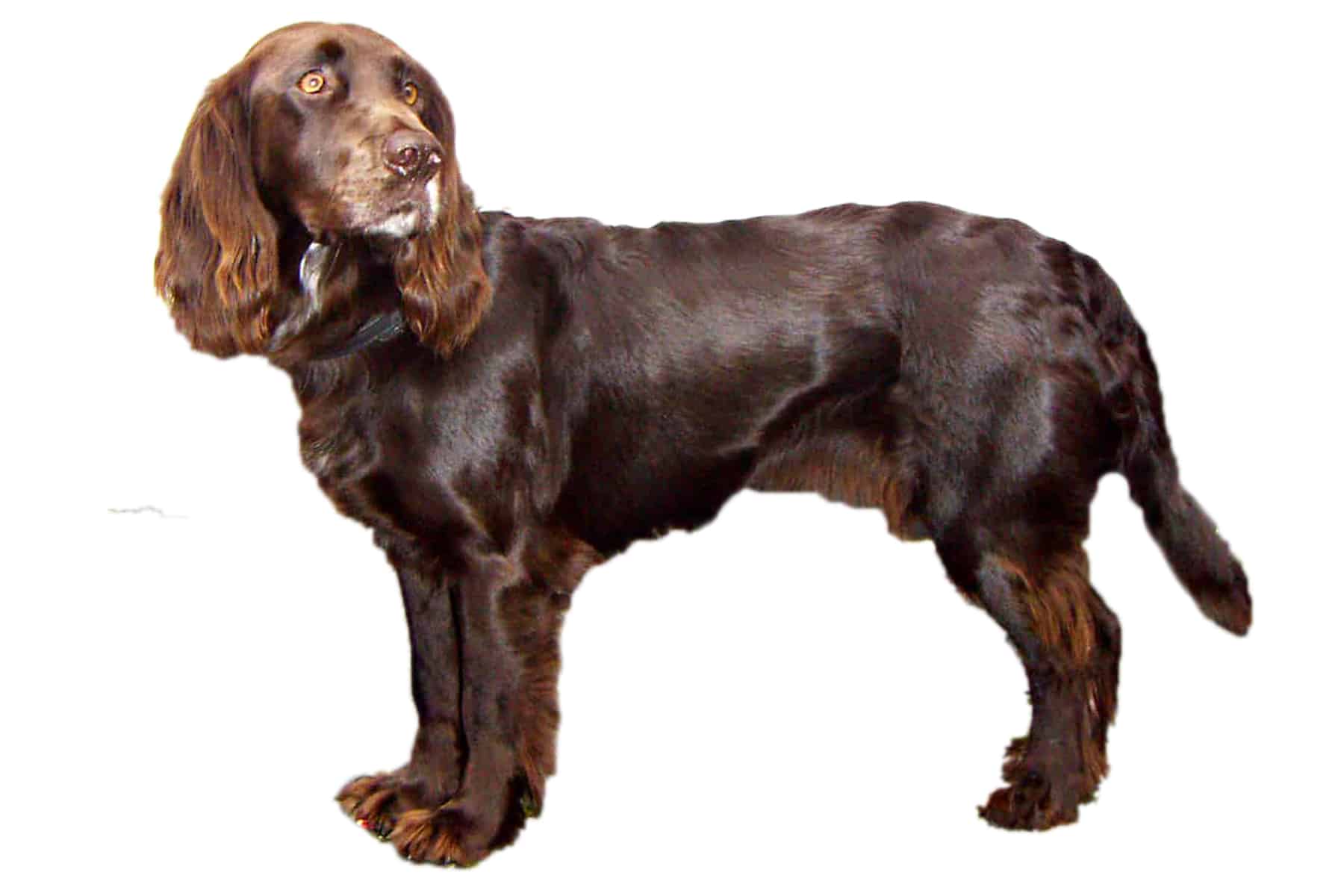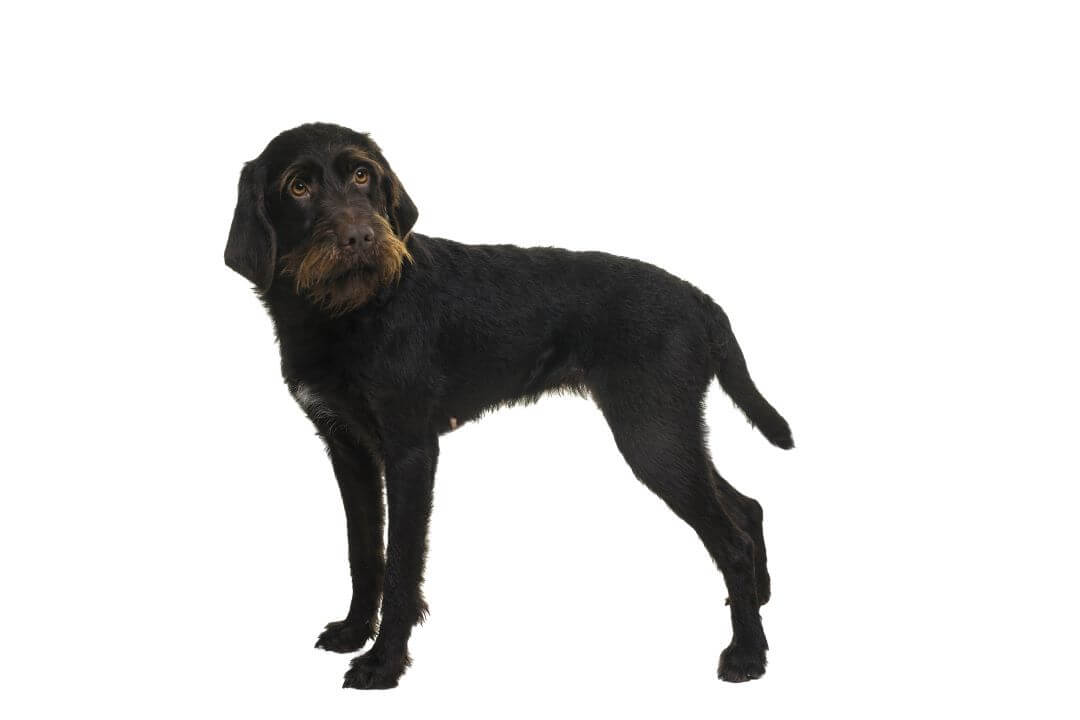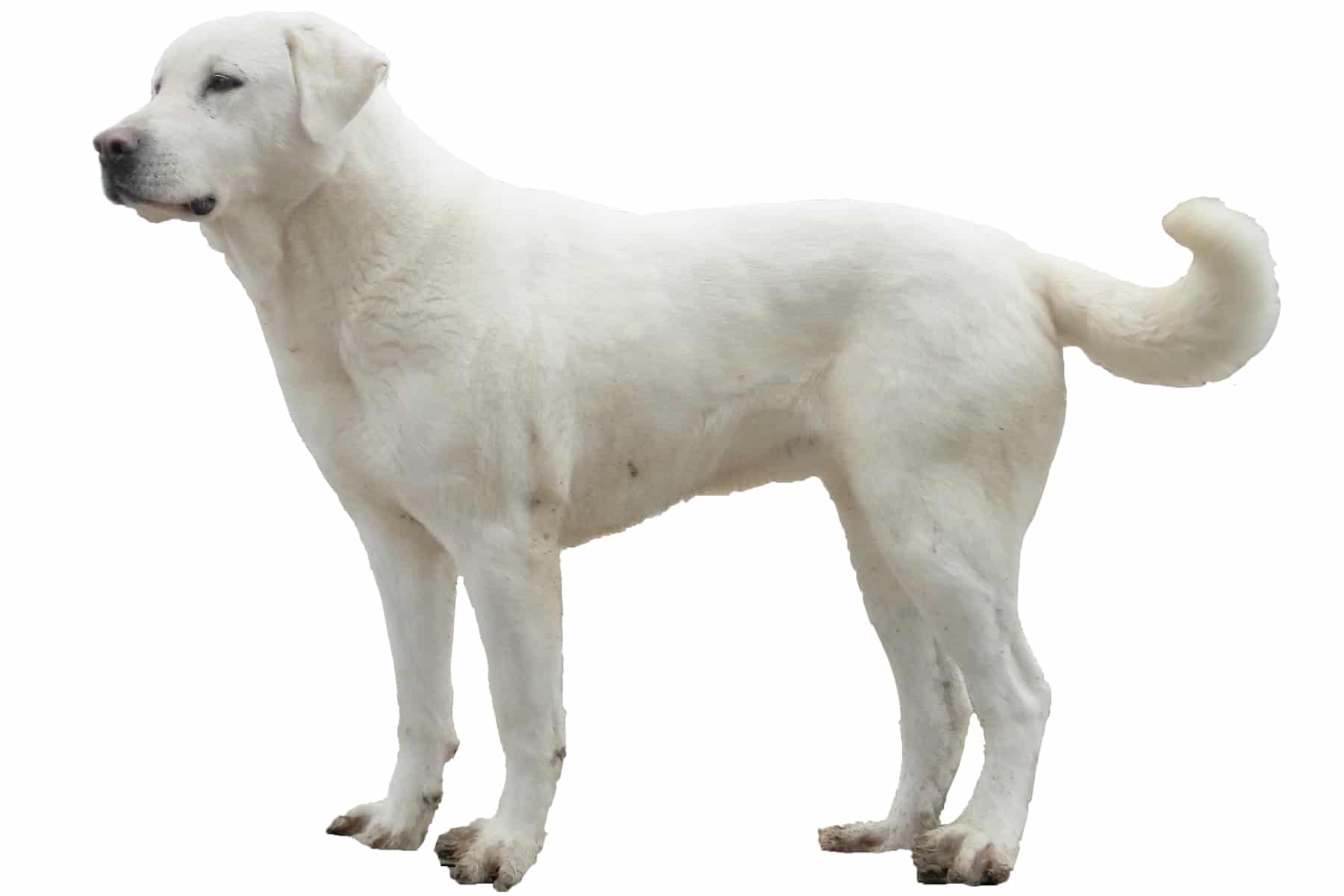Austrian Black and Tan Hound

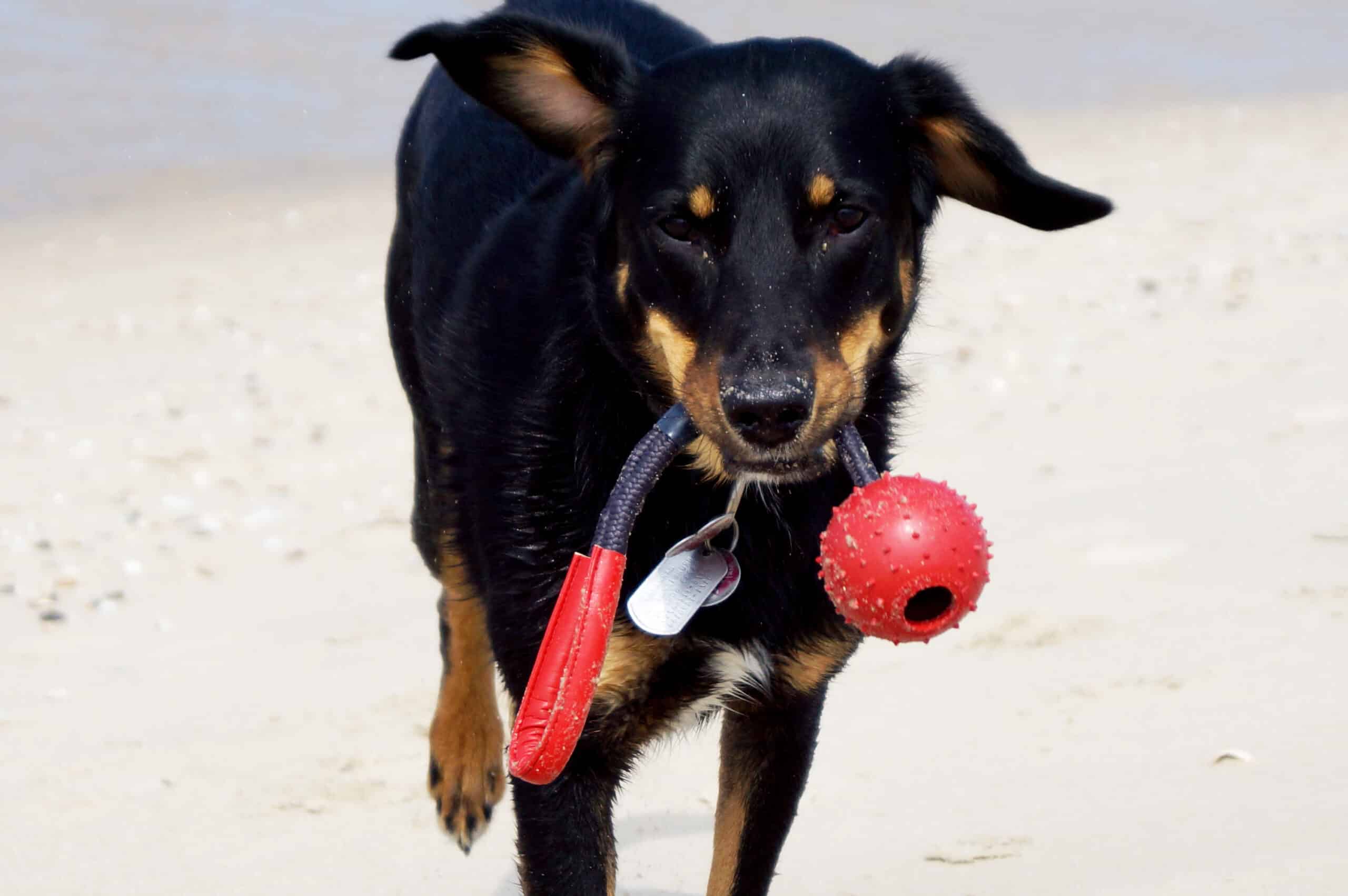
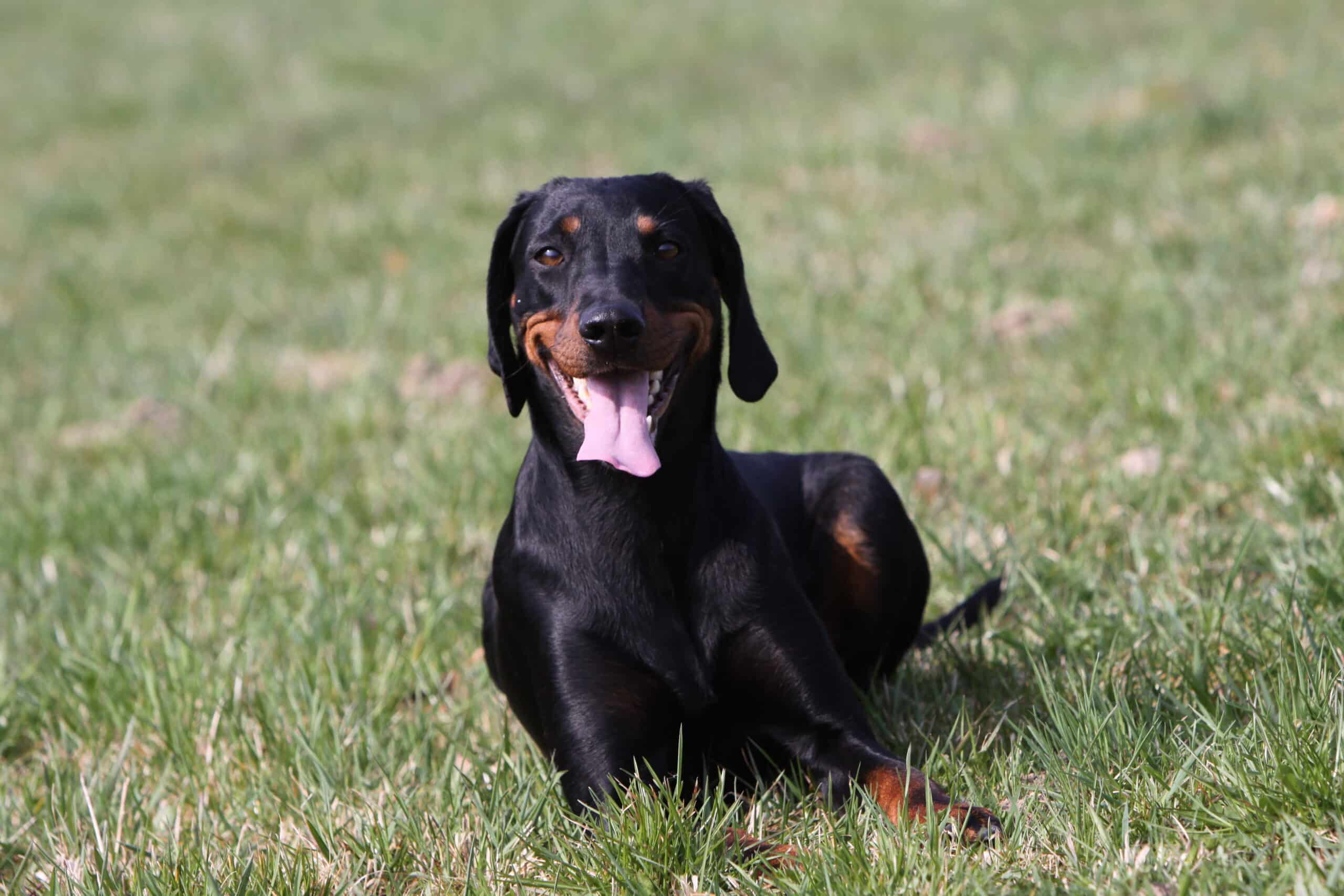
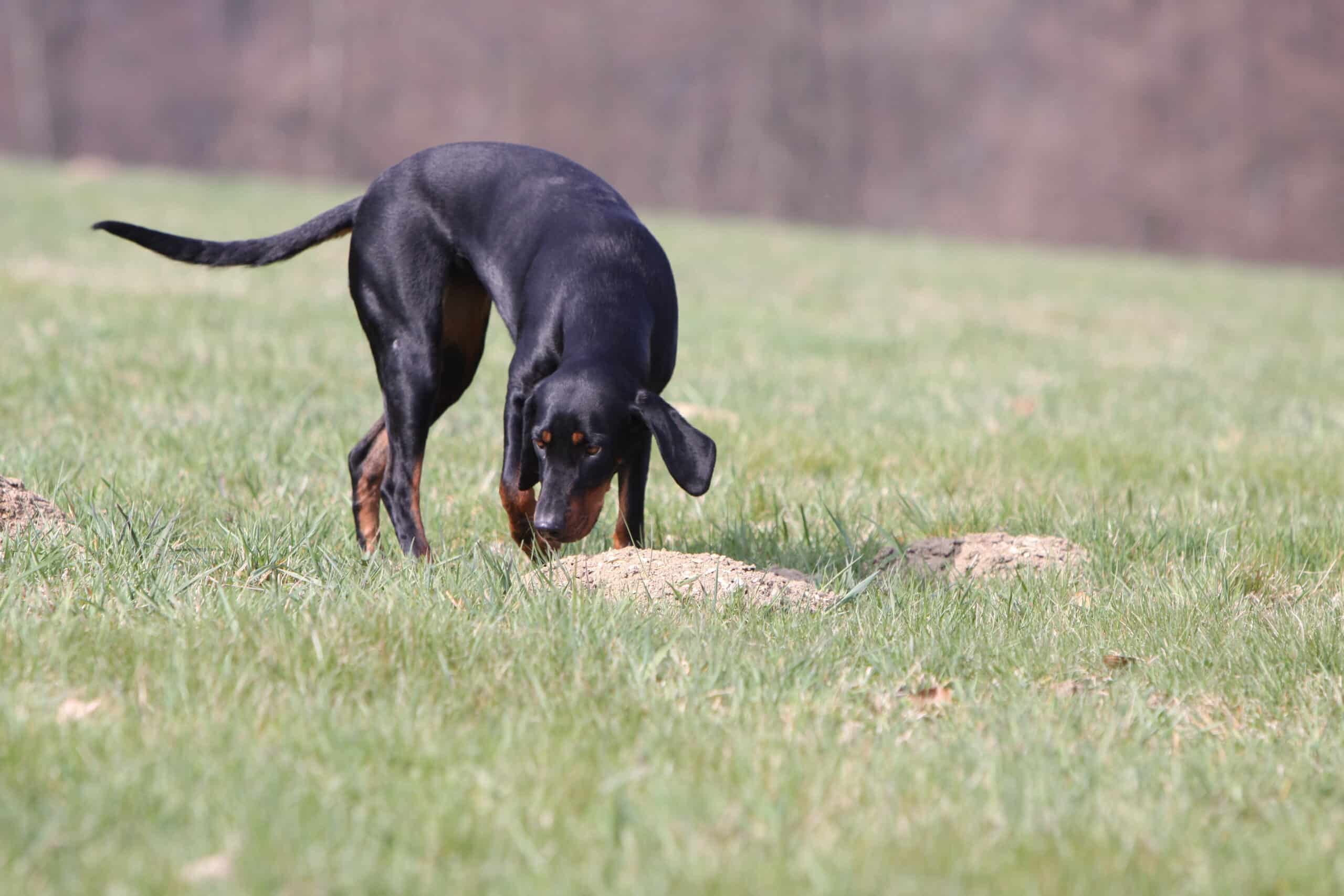
Temperament:
The Austrian Black and Tan Hound - also known as the Vieräugl or Brandlbracke - is a very rare breed of dog. But it is becoming increasingly popular. Breeders can hardly meet the demand. However, there is one major restriction for prospective buyers. In Germany, breeding is controlled by the German Bracken Association. As the Brandlbracke is a pure hunting dog, the cute puppies are only given to hunters.
Characteristics
This versatile and intelligent hunting dog is of medium size. It reaches a shoulder height of 48 to 56 cm. Its beautiful, shiny coat is short and smooth. Its build is that of a long-distance runner. A broad, muscular chest adorns the long, slender body. It appears supple and elastic. The long, thin tail gives it an elegant appearance.
The coat is predominantly black. The light to dark brown blaze is characteristic. This is where the dog gets its name from. The clearly defined color change is found on the lower legs and sometimes on the chest. It also marks the muzzle underneath and on the sides. Some Brandlbracken have the Bracken star. This is a white mark on the chest. Sometimes the Bracken star is also found on the dog's throat.
This hunting dog is also known as the Vieräugl. Where does this funny name come from? Two red spots above his eyes make him look like a mythical creature. That is its trademark. With this mystical appearance, it fits perfectly into its natural environment, the forest.
The Brandlbracke is registered with the FCI as a running and welding dog. However, it is also a very talented hunting dog with many skills. Its specialty is rummaging and tracking wild boar. Naturally, he is predestined for tracking as a sighthound.
This self-confident dog depends on its main task. He needs plenty of activity and exercise. When he is kept busy, he has a very pleasant nature. He is friendly and gentle. This dog combines a lively and a calm character. Typical diseases are not known in the Brandlbracke. It is also not particularly sensitive.
It is not advisable for the Brandlbracke to be kept solely in a kennel outside of hunting. It loves children and is well-balanced. In addition to its main activity as a hunting dog, it is therefore also a family dog. Undemanding and easy to care for, it blends into the home.
When hunting, the Brandlbracke is characterized by its stamina. It is on the prowl for hours. Its sense of direction is legendary. It hardly ever gets lost. It moves safely through the most difficult terrain. His enthusiasm for work delights his owner. His excellent sense of smell enables him to follow a scent even after hours and in the rain.
Coat care:
Shedding:
Energy level:
Trainability:
Children suitable:
The right food
A hunting dog covers incredible distances every day during its strenuous work. They can cover up to 150 kilometers. All his senses are strained. Added to this is the rough terrain he has to overcome. Training also requires a lot of energy.
An adequate supply of nutrients, vitamins and minerals is therefore very important. They keep him fit and healthy. The skeleton, joints and muscles remain strong and flexible.
Therefore, choose a food that contains high-quality ingredients and is balanced. Follow the manufacturer's recommendations when feeding your dog. It is important that you adjust the quantities to his activity.
If you want to prepare or cook your dog's food yourself, you should definitely look into the nutritional requirements of a hunting dog.
It moves badly on a full stomach. When should you feed the young animal? Too much food immediately before the hunt is bad. It is best to feed him his big main meal the evening before. That way it can store up energy for the next day.
Another small portion three hours before the hunt. He is not normally given any food during the hunt. Unless your dog is one of those animals whose blood sugar level drops during strenuous work. Then he needs to eat something in between.
During the hunt, the Brandlbracke must always drink water. Every one to two hours, it should replenish its fluid balance. It is best to provide your hunting helper with fresh water in the forest. This will protect him and yourself from illness.
Give your Brandlbracke its main feed ration in the evening. Two hours after work is the right time. Then his body has had time to wind down. Now it can optimally absorb the energy. It should definitely rest after the meal.
Health & Care
No special care is required. The coat of the Brandlbracke is insensitive. It makes no special demands on its owner. Due to its short coat, no grooming is necessary.
Being outdoors for so long means that dirt and moisture are constant companions. When you get home, dry your animal friend thoroughly first. Its coat does not absorb so much dirt. Nevertheless, a bath is advisable from time to time. A suitable dog shampoo helps with cleaning. Simply brush out dead hair and dust. You need a good coat brush for this. It should be suitable for short fur.
You should check your dog's entire body after every visit to the forest. Has he caught any ticks? What about burrs, awns and thorns? Take a close look at the paws. Something can quickly get stuck between the pads and become infected. But eyes, ears and whiskers are also places where foreign bodies can easily accumulate.
A hunting dog regularly comes into contact with game and therefore also with blood, droppings and urine. These can transmit pathogens. Regular visits to the vet, e.g. for worming, vaccinations etc. are therefore part of your hunting dog's care.
Suitable accessories
At home, the Brandlbracke needs a place where it can find peace and quiet. To do this, it gets a dog bed. Perhaps you can also set up a kennel in the garden. He can stay there for a while.
At times when the dog is not hunting, toys can be a great way to let off steam.
A high-visibility vest can be an advantage when working. This makes it easier to recognize your hunting assistant in bad weather. Some hunters use a harness for tracking dogs. A search leash can also be helpful.
A lot of training is required to turn your dog into a trained welding dog. He needs to be trained from puppyhood. There are books and DVDs that explain the individual steps. Association tests must be taken gradually. The German Brackenverein e. V. helps with the training and further education of dogs and their owners.
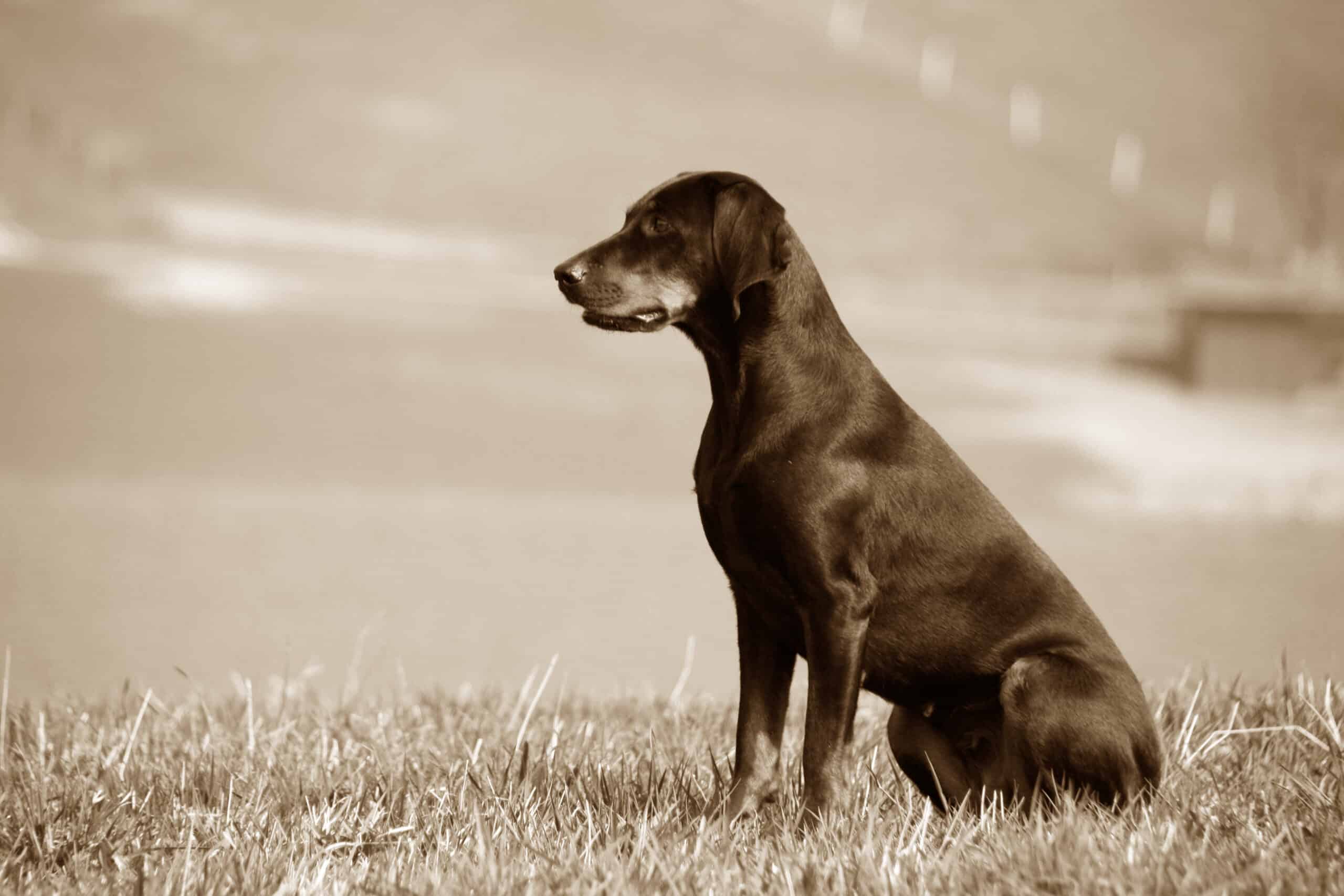
Origin & History
The history of the Brandlbracke goes back thousands of years. One of its ancestors, the Celtic Bracke, could already be that old. The reason for this is that welding dogs were very important for our ancestors. People needed enough food. Meat was a valuable, protein-rich food. That is why they were dependent on hunting for centuries. Such dogs were expensive back then. They were often more valuable than horses. All they needed was a good sense of smell and the ability to track.
In the 19th century, the widespread Bracken began to be selectively bred. Various Bracken breeds were created. In 1883, the Brandlbracke and its breed characteristics were established in Austria. It is an originally Austrian breed. Two names are mentioned in connection with its breeding. One is Karl Barbolani from Styria. The other is Duke Ludwig Wilhelm of Bavaria.
It was not until 1996 that the Brandlbracke was recognized as a breed by the FCI. It was included in the standard under number 63 and belongs to the running and welding dogs. Today, around 220 puppies are born in Germany and Austria every year. The Brandlbracke is therefore still rare, but is becoming increasingly popular.
